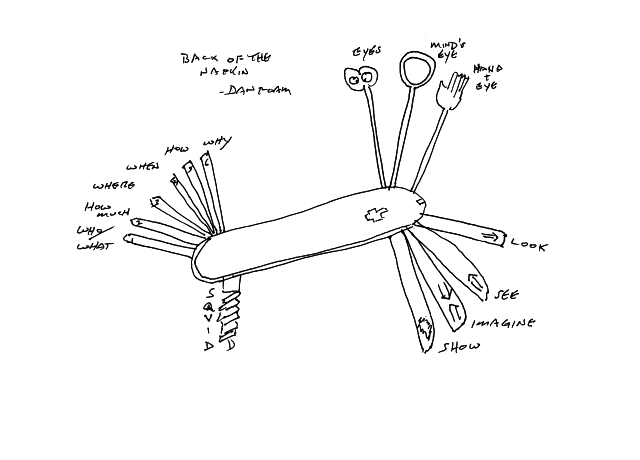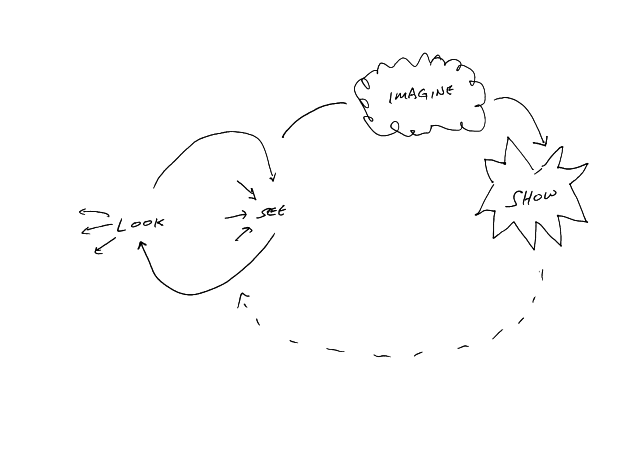 Your Inner CEO: Unleash the Executive Within, Cox, Allan
Your Inner CEO: Unleash the Executive Within, Cox, Allan
This book is a bit of an unusual hybrid, lying somewhere between a management text and a self-help book. While it’s being marketed as a business book, it’s applicable in a much wider range of settings.
Your Inner CEO is another entry in the long argument that self-knowledge is the core of effective performance. What makes this entry more intriguing, and more valuable than most, is the unique perspective that its author, Allan Cox, brings to the exercise. Allan works as an executive coach and consultant to CEOs, boards, and senior executives of large and small organizations around the world. His advice is rooted in the pragmatic experiences of years of working with demanding and skeptical audiences.
He describes beginning new assignments with the following statement to his clients:
I’ve found, almost without exception, that by the time executives get married, take on a mortgage, raise kids, cope with the crabgrass, climb the corporate ladder, do their best to manage career pressures, and build their net worth and get into their forties, they’ve lost touch with what they believe in and care about most deeply. (p.20)
He goes on to quote Eric Hoffer:
That which is unique and worthwhile in us makes itself felt only in flashes. If we do not know how to capture and savor those flashes, we are without growth and without exhilaration. (p.20)
Your Inner CEO is Allan’s map for how to find and tap “that which is unique and worthwhile is us.” It’s organized into nine chapters:
-
Goals
-
Changes
-
Facades
-
Boundaries
-
Boards
-
Visions
-
Futures
-
Models
-
Mentors
Each chapter offers a series of stories and recipes for exercises that can help you and your organization do the necessary work of discovery. Allan takes his theoretical lead from the psychology of Alfred Adler, a contemporary of Freud and Jung, who emphasized a more social conception of psychological well being. I don’t know enough to say what the mix is between Adler’s theories and Allan’s distillation of them from his work in business settings. The result, however, is a collection of deceptively simple questions and exercises that can lead to deep reflection.
The core exercise is a quest to articulate what Adler termed “style of life,” an integration of self-image, world view, and central goal. These are drawn out by completing the following three sentences with two to three word answers:
- I am ____________________________________
- Life is ___________________________________
- My central goal is __________________________
While easy to state, digging for honest answers takes work. I’m several weeks into the effort and just now beginning to reach answers that feel meaningful.
In the chapter on Visions, Allan turns this same grounded approach to strategic planning in organizations. Consider the chapter opening quote from Yogi Berra, , “we may be lost, but we’re making good time,” a clue to Allan’s perspective. Allan challenges you to answer “who are we?” and “where are we headed right now?” as a necessary first step in formulating strategies with any hope of success. Dreaming about who we might like to be needs to be grounded in who and what we already are, either as individuals or organizations.
Allan’s approaches square with my own biases. I’d place Your Inner CEO in with Ellen Langer’s Mindfulness and Donald Schon’s The Reflective Practitioner as examples of the power of good conceptual frameworks grounded in rich data from the real world. You need to do the work, but the payoffs will follow.











